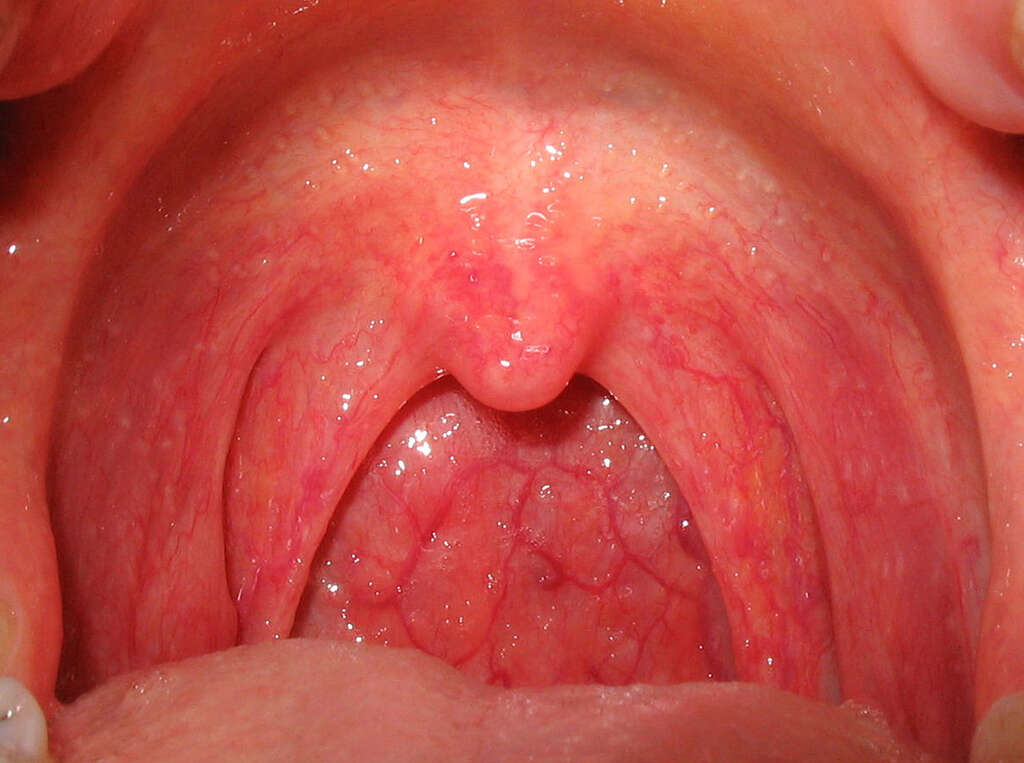10 Tonsillitis Symptoms
Tonsillitis is defined as the inflammation of the tonsils. It is usually associated with inflammation of other surrounding tissues like the adenoids and the pharynx, therefore the term pharyngitis can be used as well to describe this condition.
It is usually caused by a viral or bacterial infection and it is more common in younger children but it can also be seen in adults. This condition is associated with many complications like peritonsillar abscesses (pus-filled cavity in your throat, therefore, it is important to recognize the symptoms to prevent further complications.

Symptom #1: Headache
A headache is pain or discomfort in the head. Usually, the pain is unpleasant but bearable, although it can become quite severe. It is a very common symptom, and many people suffer from headaches regularly.
A headache often develops when an infection, such as tonsillitis, is present. The patient may be given treatments for both the headaches and the tonsillitis if the headache is severe enough. Although headaches are not usually a cause for alarm, see a doctor if the headaches are frequent and severe.

Symptom #2: Red and Swollen Tonsils
Tonsillitis is different from a typical sore throat. It directly affects the tonsils, which will appear red and swollen. The back of the throat also becomes red. In addition, spots of pus develop because of the infection.
When tonsillitis is present, it is often visibly noticeable just by taking a look into the patient’s mouth. If these symptoms occur, seek medical attention.

Symptom #3: Difficulty Swallowing
Tonsillitis causes the back of the throat to become very sore, which can make it difficult to swallow and to eat. Nevertheless, it is essential to eat as much as possible. Soft foods and liquids, such as soups, may be easier to eat if it is hard to swallow.
There are various remedies available that can help relieve the pain, but it is important to treat the cause as well. Be careful when using painkillers, especially when dealing with children.

Symptom #4: Fever
Before modern medicine, the body had to fight off pathogens, such as dangerous bacteria and viruses, by itself, with no help from antibiotics or any other drugs. While the body’s methods were far from perfect, they were effective enough to help people survive, and even thrive, as a species.
Fever is one of the most potent natural weapons that the body has in the fight against pathogens. A fever increases the temperature of the body, making it difficult for pathogens to survive. When tonsillitis occurs, the body develops a fever to fight off the infection.

Symptom #5: Cough
Coughing is a useful reflex that ensures that the body’s passageways are kept clear. It also helps eject unwelcome pathogens from the body. A cough reflex can be triggered by an infection of the respiratory tract, such as tonsillitis.
Coughing is one of the most unpleasant symptoms of tonsillitis because it can cause pain that is difficult to bear, especially for children. The sore tissues of the mouth and throat can also compound the pain. Treatments are available that will help relieve the pain and the cough.

Symptom #6: Painful Swallowing
Odynophagia is the medical term used to describe the pain a patient feels when swallowing. It is a common symptom associated with tonsillitis and it can be very unpleasant.
This is usually more intense in the affected site (where the affected tonsil is located) and it can spread to the ear sometimes. If you are suffering from this symptom, you should seek medical attention for proper diagnosis.

Symptom #7: Swollen Lymph Nodes
Located throughout the body are lymph nodes that act almost like outposts, providing a localized defense force that protects against pathogens in their vicinity. They are an important component of our immune response.
Swollen lymph nodes are a common symptom of tonsillitis and other infections. When tonsillitis is present, the lymph nodes in the neck can become swollen and painful when pressed upon.

Symptom #8: Fatigue
Fighting off infections is hard work for the body. The body’s defense systems require a lot of energy and other resources to help them in their fight. So, during illness, the body’s resources are prioritized to the immune system. The rest of the body consequently receives less than usual, which causes fatigue.
Fatigue can leave people feeling tired regardless of how much sleep they’ve had. People who have an infection should try to take it easy and rest so the body can heal. With proper rest, tonsillitis should hopefully pass in a few days.

Symptom #9: Airway Obstruction
If the inflammation is severe enough, it can obstruct the normal flow of air into the airway. Causing the patient to breathe through the mouth in an effort to inhale more air.
Other symptoms associated with airway obstruction are snoring and if the obstruction progresses, it can cause sleep apnea which is a condition where the patient stops breathing during the night for a short period.

Symptom #10: Bad Breath
Bad breath, known medically as halitosis, is caused by the buildup of bacteria in the mouth. For example, the proliferation of bacteria in the tonsils can generate a bad odor.
Cleaning and brushing provide only a temporary respite since the odor-causing bacteria is still there. Fortunately, the odor disappears once the infection has cleared up.












